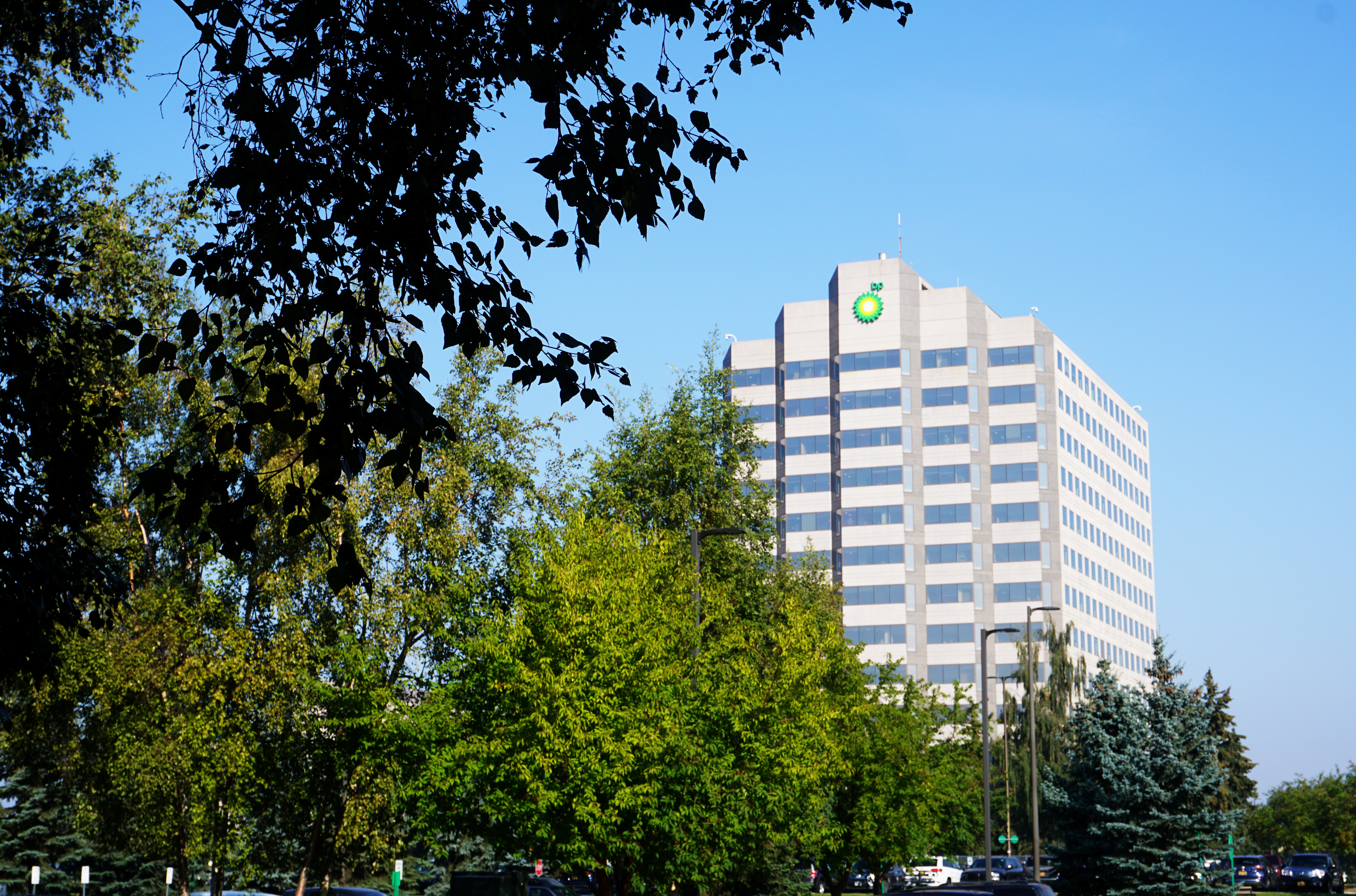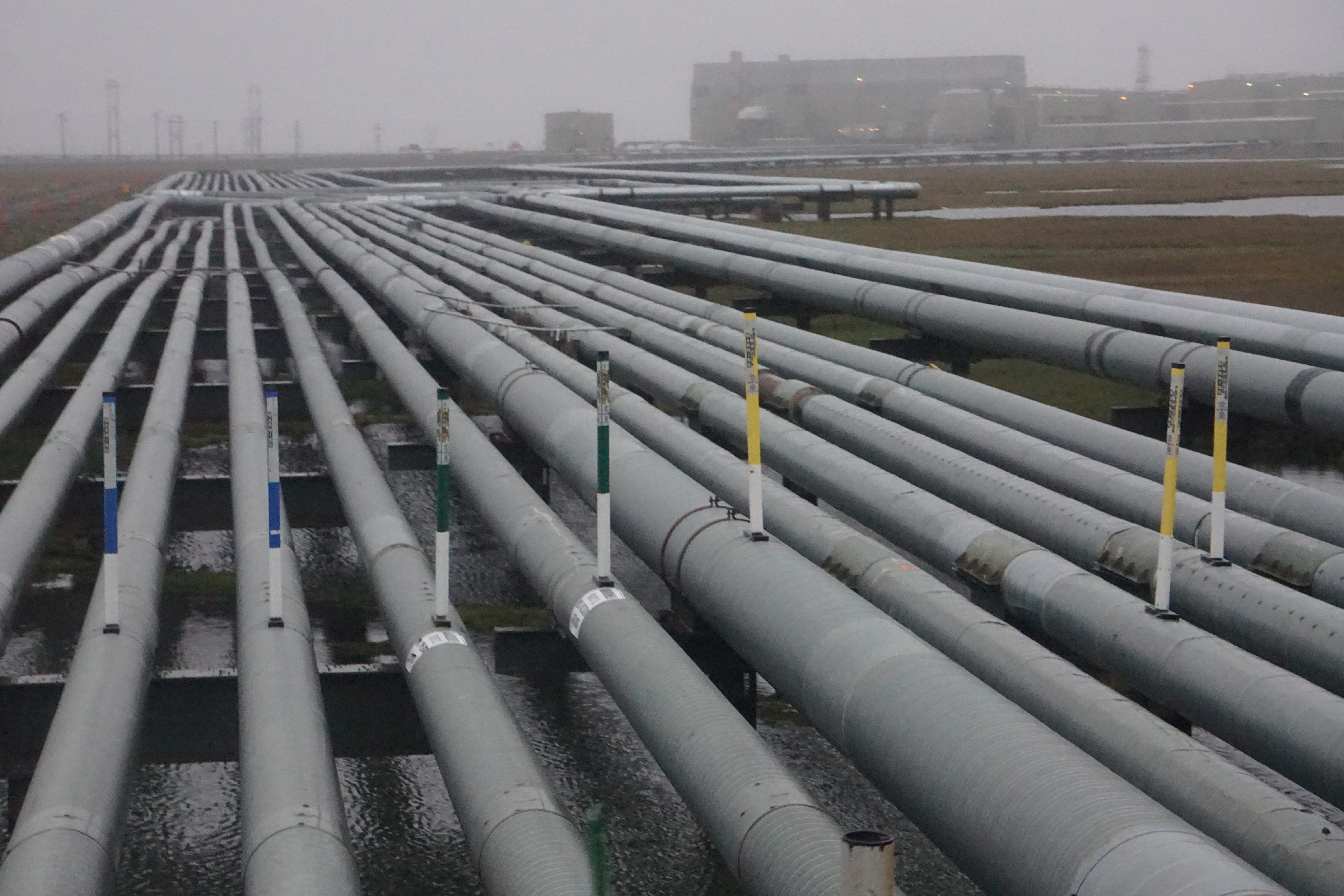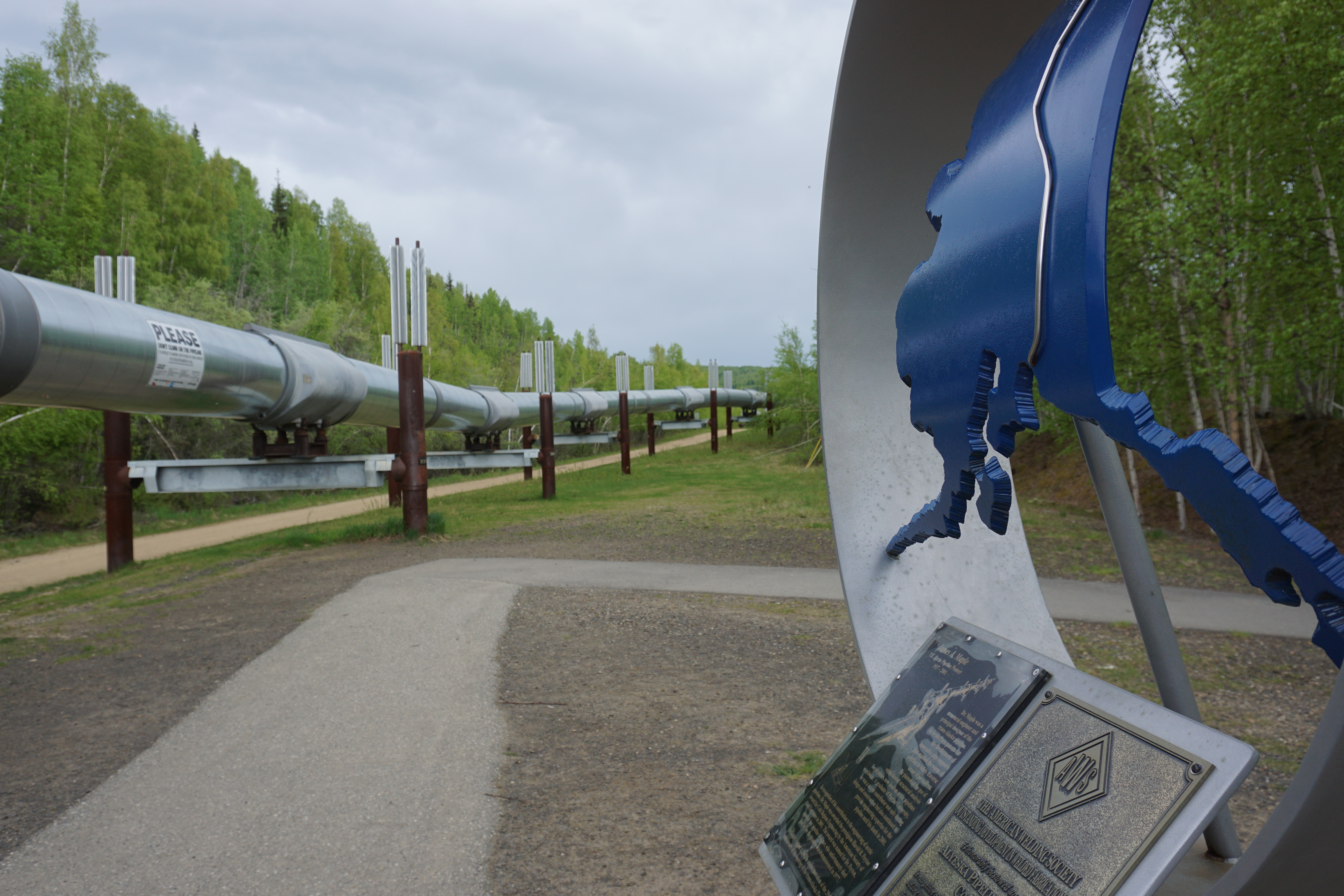After 60 years in Alaska, BP announces sell-off and exit from state
BP is selling all its Alaska assets — which form a significant part of oil development in the state's Arctic region — to Hilcorp.

The oil giant that operates the anchor oil field on the North Slope in Alaska’s Arctic is exiting the state and selling all of its assets there to a much smaller independent company.
BP announced it will sell its share of the Prudhoe Bay field and all other Alaska assets, including its 49 percent share in the Trans-Alaska Pipeline System, to privately held Hilcorp Energy Company.
“Today’s announcement marks the start of an exciting new chapter for Prudhoe Bay,” Janet Weiss, president of BP Alaska, said in a statement released by the corporation. “Alaska has been a core part of BP for 60 years and saying goodbye will not be easy. Our people have achieved incredible success over the decades developing and maintaining these hugely important assets, but we are confident this sale is in BP’s and the state’s best interests and the business will be best positioned for the future with Hilcorp.”
BP, with an Alaska operating history dating back to 1959, participated in the 1968 discovery of the Prudhoe Bay oil field, then the largest in North America.
The $5.6 billion deal is subject to approval from federal and state regulators.

Before making the decision to exit Alaska entirely, BP shed key parts of its Arctic portfolio in the state. In 2014, when BP was burdened by costs from the 2010 Deepwater Horizon disaster, it struck a deal with Hilcorp that transferred the Northstar and Endicott fields in their entirety and half-shares of the Milne Point field and Liberty prospect. With that deal, Houston-based Hilcorp — which came to Alaska in 2012 by acquiring assets in Cook Inlet in the southern part of the state — gained entry to the North Slope. Hilcorp assumed the operator position in all those former BP fields.
Last year, BP sold off its 39 percent share of the Kuparuk field, the second biggest on the North Slope, to operator ConocoPhillips.
The transfer of legacy oil operations from a major to a small independent is a milestone for Alaska, industry members and observers said.
“Clearly, today’s news is pretty historic and a little bittersweet. We’re losing a giant. We’re losing one of the majors,” said Kara Moriarty, executive director of the Alaska Oil and Gas Association.
But Moriarty said she is optimistic about the North Slope’s future under Hilcorp’s expanded operations. The company has a track record of reviving old oil fields, she said. “It’s my understanding that (at) every field that they have taken over and operated they have increased production,” she said.

Rumors of the selloff had been swirling in Alaska for months. Among the concerns is the possible loss of philanthropic support. BP has long been a supporter of Alaska nonprofits and is well-known for its work in education. The company sponsors the BP Teachers of Excellence program, which includes the designation of a teacher of the year. It also operates a conference center on its Anchorage office campus that is available for use by nonprofits and schools. The company is obligated to support Alaska charities and nonprofits, according to terms of the federal agreement that allowed it to acquire Arco in 2000.
Moriarty said she is confident that Hilcorp will pick up BP’s philanthropic mantle.
“It’s always bittersweet to be losing a company like BP. But at least they’ve sold it to a company like Hilcorp, which is extremely committed to Alaska,” she said.
The sale announcement leaves several unanswered questions.
One concerns the fate of the offshore Liberty prospect in the Beaufort Sea. Liberty would be the first producing oil field located entirely in federal waters. The field has up to 150 million recoverable barrels, and BP had tried since the 1990s to develop it. Hilcorp’s development plan, which features the construction of an artificial island and which received federal approval last year, is the third that has been forwarded to regulators. A previous BP plan was approved in 2008, and an earlier plan was on the verge of getting approval before BP withdrew it in 2002.
Another unresolved issue concerns potential impacts on the Arctic National Wildlife Refuge. The BP-Hilcorp deal includes some lingering leases on Native-owned land within the refuge boundaries. A single well was drilled there in the 1980s but the leases have languished ever since.
For Alaskans, there are questions about economic impact.
The major effect for Alaska are employment and oil production, said Neal Fried, senior economist at the Alaska Department of Labor and Workforce Development.
“These are the two biggies as far as impact on the Alaska economy, and production is the most important,” he said. As for employment, it is unclear how many BP workers will continue on after Hilcorp’s takeover. “When everything happens, are they going to pick up these employees? Are they going to pick up some of the employees? Are they going to pick up most of these employees?”
Though anticipated, BP’s exit from Alaska is a turning point for oil operations in the state.
Months ago, in speeches and interviews, Weiss and other BP Alaska officials were suggesting that the company would be in Alaska for another four decades.
In a November speech to the Resource Development Council for Alaska that was titled “40 More,” she spoke of technological innovations that had cut costs while squeezing out more production at Prudhoe. “Forty more. It takes grit and it takes innovation. And that’s what’s enabled three years of flat production — no decline,” she said in the speech.
She also described an ambitious 3-D seismic program intended to find new oil in the old field. “You layer all that on top of the technology that we’re using to make our base business stronger and stronger, it is exciting times,” she said.
On the BP headquarters in Alaska, even on the day the sale was announced, there were slogans above the doors saying “40 More” and “Prudhoe Proud: Pioneering the Past, Fueling Alaska’s Future.”